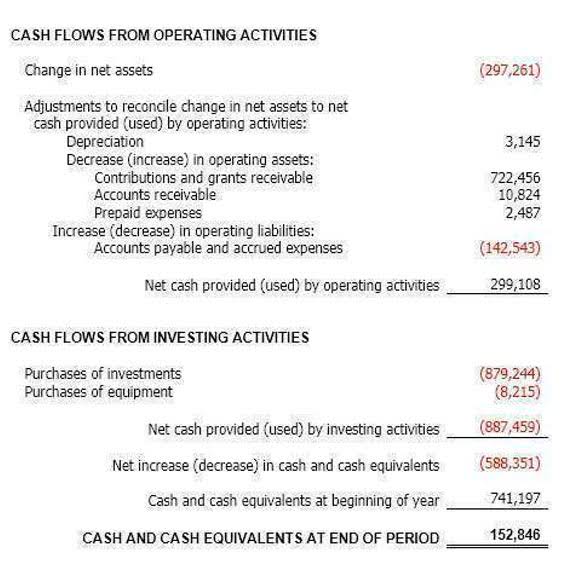How To Calculate Gross Profit: Formula and Example

For example, some fixed costs are salaries (but not wages), rent, utilities, and insurance. Gross profit, operating profit, and net income are shown on a company’s income statement, and each metric represents profit at different points of the production cycle. Gross profit, operating profit, and net income are reflected on a company’s income statement, and each metric represents profit at different parts of the production cycle and earnings process. It shows how effectively you use your resources—direct labor, raw materials, and other supplies—to produce end products. It helps you decide where you can save money and where you should invest it. Investors care about gross margin because it demonstrates a company’s ability to sell their products at a profit.
Gross profit vs. gross margin
Tesla’s income statement illustrates how overhead costs, as well as other operating expenses, can impact a company’s profitability. Also, the cost of debt, shown as interest expense, the gross profit does not take into account: was a contributing factor in the company’s loss in both periods. In short, a company that reports an increase in gross profit doesn’t necessarily mean the company is more profitable.
How to Calculate Net Income
Conceptually, the gross income metric reflects the profits available to meet fixed costs and other non-operating expenses. Consider the following quarterly income statement where a company has $100,000 in revenues and $75,000 in cost of goods sold. Under expenses, the calculation would not include selling, general, and administrative (SG&A) expenses. To arrive at the gross profit total, the $100,000 in revenues would subtract $75,000 in cost of goods sold to equal $25,000.
- Using the revenue figure, various expenses and alternate income streams are added and subtracted to arrive at different profit levels.
- To lower these production costs, the company might need to invest in new technology or hire more experienced staff.
- It’s important to note that gross profit margins are very different for different industries.
- You can do this by using automation, streamlining systems, or negotiating pricing with subcontractors who help you provide your service.
- Gross profit is the difference between the amount of sales made during a period and the cost of those sales.
- As with any financial metric, gross profit and the costs of a company should be compared to other companies within the same industry.
Focuses on Product or Service Performance
- We’ll also look at why gross profit is important to help you develop this essential business metric.
- These statements display gross profits as a separate line item, but they are only available for public companies.
- For example, if a company’s gross profit is 25% lower than its competitor’s, it should investigate all revenue streams and each component of COGS to identify the cause.
- Any business that sells a product can increase gross profit by doing a number of things.
- Sales revenue or net sales is the monetary amount obtained from selling goods and services to customers – excluding merchandise returned and any allowances/discounts offered to customers.
While there are several ways you can track and manage your cash flow, gross profit is one of the top contenders. You can use it to determine where you should scale up, and where you should cut back. The hourly rate you pay is closely tied to current economic conditions and the rate of unemployment. If the economy is growing, you may need to pay a higher hourly rate of pay to hire qualified workers. The Gross Profit metric reflects the earnings remaining once a company’s cost of goods sold (COGS) are deducted from its net revenue.

Ask a Financial Professional Any Question
Gross profit is useful, but a company will often need to dig deeper to truly understand why it could be underperforming. Creating invoices becomes easier with Deskera, which automates a lot of other procedures, reducing your team’s administrative workload. It’s a good indication that the company’s financial situation has improved if it rose. It’s a good indication that the company owner should look at any potential weak places if it decreases. It can be rather amazing how insightful and effective such a straightforward technique can be.


COGS (cost of goods sold) includes all of the costs Garry incurred in manufacturing and selling his sunglasses—including production and direct labor costs and material costs. After reviewing his expenses for the year, Garry determined his COGS is $650,000. Cost of goods sold (COGS) is subtracted from total receipts to determine gross profit. Gross profit only includes the costs directly tied to the production facility, while non-production costs like company overhead for the corporate office are not included.

Formula for Calculating Gross Profit
- In contrast, a company in the service industry would not have COGS, instead, their costs might be listed under operating expenses.
- Compare your prices against competitors and calculate whether you can match or compete.
- Removing the “noise” of administrative or operating costs allows a company to think strategically about product performance and implement cost control strategies more effectively.
- Suppose we’re tasked with calculating the gross profit and gross margin of Apple (AAPL) as of its past three fiscal years.
- The more you can increase efficiency in your service-based business, the greater the gross profit you can expect.
